Fiber Cable
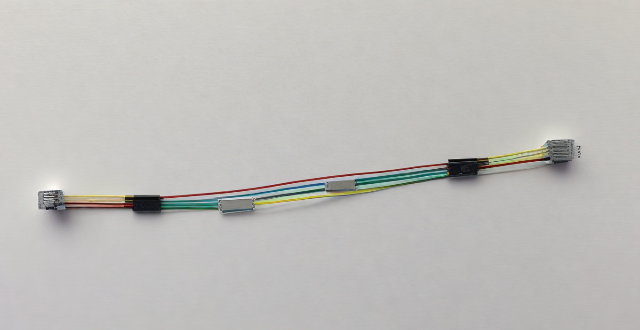
How does fiber optic broadband work ?
Fiber optic broadband is a high-speed internet connection that uses fiber-optic cables to transmit data. It works by converting electrical signals into light signals, which are then sent through the fiber-optic cables. The process involves conversion of electrical signals to light signals using a modem, transmission through fiber-optic cables, amplification of light signals using optical amplifiers, and conversion back to electrical signals using another modem. Fiber optic broadband offers several advantages over other types of internet connections, including higher speeds, greater bandwidth, improved reliability, and longer transmission distances.
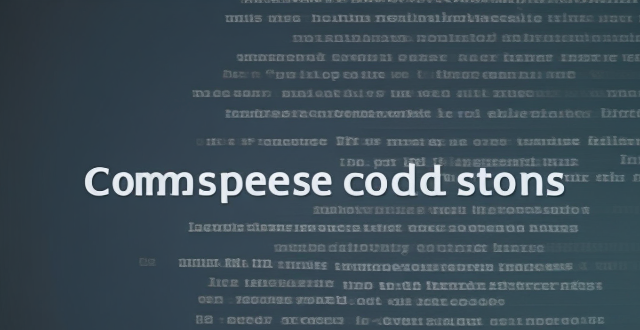
What is the difference between fiber optic and cable broadband connections ?
The text compares and contrasts two types of internet connections: Fiber Optic and Cable Broadband. It discusses their differences in terms of speed, reliability, availability, cost, and installation. The conclusion suggests that the choice between the two depends on the user's needs and budget.

How fast is fiber optic broadband compared to other types of internet connections ?
Fiber optic broadband is the fastest internet connection type, offering significantly faster speeds and more reliable performance compared to DSL, cable, and satellite connections. Fiber optic broadband has very low latency, making it ideal for real-time applications like online gaming and video conferencing. It is also less susceptible to interference and signal degradation, resulting in more stable and consistent performance. Overall, fiber optic broadband is well-positioned to handle increasing bandwidth requirements due to its scalability and capacity for faster speeds.

What is fiber optic broadband ?
Fiber optic broadband, also known as fiber internet, is a type of internet connection that uses fiber-optic cables instead of traditional copper wires. It offers faster and more reliable internet speeds compared to other types of connections such as DSL or cable. Advantages: Speed: Fiber optic broadband can provide download speeds up to 100 times faster than traditional copper wire connections. Reliability: Fiber-optic cables are less susceptible to interference and signal degradation, making them more reliable than copper wires. Scalability: As technology advances, fiber-optic networks can be easily upgraded to support higher bandwidth needs without the need for new infrastructure. Security: Fiber-optic networks are generally more secure than copper wire networks because they are not affected by electromagnetic interference. Disadvantages: Cost: Fiber optic broadband can be more expensive than traditional copper wire connections due to the cost of installing fiber-optic cables. Availability: Fiber optic broadband may not be available in all areas, particularly in rural or remote locations. Installation: Installing fiber-optic cables requires specialized equipment and trained technicians, which can make installation more complex and time-consuming.

Is fiber optic broadband available in my area ?
Fiber optic broadband is becoming increasingly popular due to its high speed and reliability. However, the availability of fiber optic broadband depends on the area you live in. In this article, we will discuss how to check if fiber optic broadband is available in your area. The first step is to check with your current internet service provider (ISP) if they offer fiber optic broadband in your area. You can contact them through their website or customer service hotline. They should be able to provide you with information about the availability of fiber optic broadband in your area. There are several online tools that can help you determine if fiber optic broadband is available in your area. One such tool is the [National Broadband Map](https://www.broadbandmap.gov/), which provides detailed information about broadband availability across the United States. Another tool is the [Google Fiber Checker](https://fiber.google.com/cities/), which allows you to enter your address and see if Google Fiber is available in your area. Local government agencies may also have information about the availability of fiber optic broadband in your area. You can contact your city or county government office and ask if they have any information about fiber optic broadband providers in your area. If you have friends or neighbors who use fiber optic broadband, you can ask them if they know of any providers in your area. They may be able to provide you with valuable information about the availability of fiber optic broadband in your area. In conclusion, checking the availability of fiber optic broadband in your area can be done by contacting your ISP, using online tools, checking with local government agencies, and asking your neighbors. By following these steps, you can determine if fiber optic broadband is available in your area and choose the best provider for your needs.

How can I incorporate more fiber into my breakfast without it being time-consuming to prepare ?
Fiber is essential for a healthy diet, aiding in digestion and keeping you fuller for longer periods. Here are some quick and easy ways to incorporate more fiber into your breakfast: 1\. High-fiber cereals like Bran Flakes or Kashi GoLean can be paired with low-fat milk or almond milk. 2\. Swap out white bread for whole grain varieties and top them with natural peanut butter or avocado for an extra fiber boost. 3\. Add fruits like raspberries, blackberries, apples, and pears to your breakfast for a delicious way to start your day and an excellent source of fiber. 4\. Sprinkle chia seeds, flaxseeds, or chopped nuts onto your yogurt, oatmeal, or cereal for a rich source of fiber and healthy fats. 5\. Incorporate legumes like lentils and chickpeas into your breakfast by adding them to your breakfast salad or making a quick hummus to spread on your whole grain toast. 6\. Add vegetables like spinach, mushrooms, tomatoes, and avocados to your breakfast omelet or scramble for a tasty way to get more fiber.

What are the advantages of fiber optic broadband over other types of internet connections ?
Fiber optic broadband offers faster speeds, greater bandwidth, better reliability, longer distance coverage, and future-proof technology compared to other types of internet connections. It is ideal for activities such as streaming high-definition videos, online gaming, and video conferencing, and can support multiple devices without lag or buffering issues. Fiber optic cables are not affected by electromagnetic interference or noise, ensuring a more consistent and stable connection. Additionally, fiber optic broadband is suitable for rural areas or large campuses where the distance between the provider's infrastructure and the user's location may be significant. Investing in fiber optic broadband is a smart choice for the future as it will be able to support higher speeds and greater bandwidth requirements.

How can I enable fast charging on my iPhone ?
Fast charging is a feature that allows your device to charge more quickly than traditional methods. If you have an iPhone 8 or later model, you can take advantage of fast charging by using a compatible charger and cable. Here's how to enable fast charging on your iPhone: Check compatibility, get the right charger and cable, plug in your iPhone, start charging, and enjoy faster charging times.

How much does fiber optic broadband cost ?
The cost of fiber optic broadband varies based on provider, location, speed, and additional fees. It is recommended to compare plans from different providers and consider all associated costs before making a decision.

Are there any disadvantages to using fiber optic broadband ?
Fiber optic broadband, known for its high speed and reliability, also has disadvantages such as high cost, limited availability, technical issues, speed variations, and environmental impact.
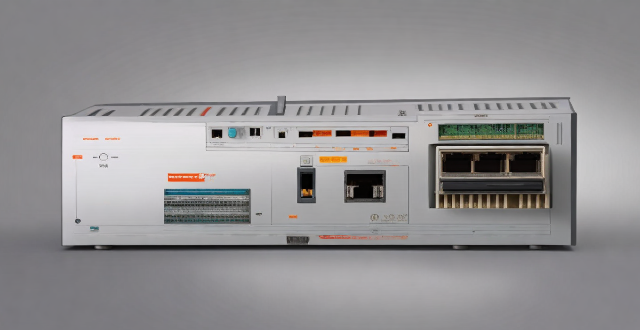
What equipment do I need for fiber optic broadband ?
Fiber optic broadband requires a modem/router combo, Ethernet cables, an optional network switch, powerline adapters for extending network reach, and wireless access points for improving Wi-Fi coverage.

What are some low-calorie protein sources that are also high in fiber ?
Low-calorie protein sources that are also high in fiber include lentils, chickpeas, quinoa, edamame, almonds, chia seeds, black beans, artichokes, and peas. Incorporating these foods into your diet can help you achieve your weight loss goals while providing your body with the nutrients it needs to function properly.

How does going gluten-free affect children's nutrition ?
Going gluten-free can affect children's nutrition by reducing their intake of protein, vitamins, minerals, and fiber. To ensure they receive all the necessary nutrients, parents should include alternative sources of protein, such as beans and nuts, and high-fiber foods like fruits and vegetables. Meal planning is key to ensuring a balanced diet, and shopping tips include reading labels carefully and comparing prices. With careful planning, it is possible to provide children with healthy and delicious gluten-free meals that meet all nutritional needs.
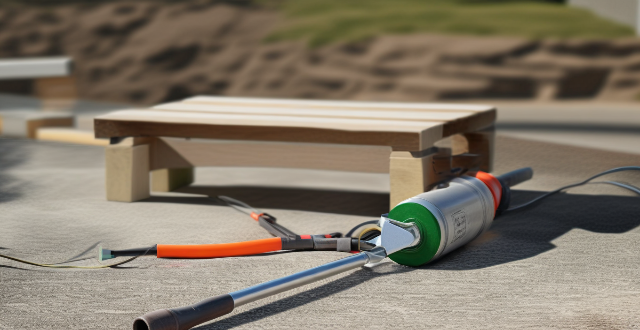
Can I install fiber optic broadband myself or do I need a professional ?
Fiber optic broadband installation is complex, requiring specialized tools and skills. While self-installation can save money and offer flexibility, it carries risks of damage and safety concerns. Professional installation ensures quality, time-saving, and support but can be costly. It's generally recommended to hire a professional for a smooth and reliable installation process.
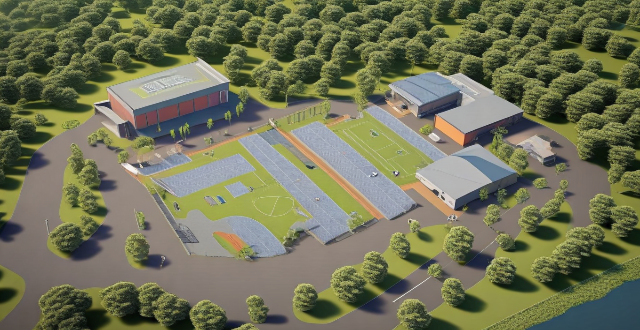
What new materials are being used in the production of sports equipment ?
The sports industry is constantly evolving, and with that evolution comes the introduction of new materials used in the production of sports equipment. These materials are designed to enhance performance, increase durability, and improve safety for athletes. Some of the latest materials being used in sports equipment production include carbon fiber, titanium, aerogel, Kevlar, and polyurethane foam. Carbon fiber is lightweight yet incredibly strong, making it ideal for use in items such as bicycle frames, tennis rackets, and golf clubs. Titanium is lightweight, corrosion-resistant, and extremely durable. Aerogel is incredibly light yet strong enough to support significant weight. Kevlar is known for its exceptional strength and heat resistance. Polyurethane foam provides excellent cushioning and shock absorption properties. As technology advances and athletes demand better performance from their gear, we can expect to see even more innovative materials being developed and incorporated into sports equipment production.
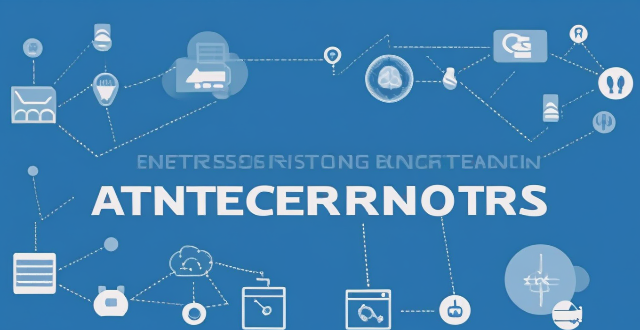
Can upgrading my internet package reduce network latency ?
The text discusses the topic of network latency and whether upgrading an internet package can reduce it. It outlines various factors affecting network latency, including ISP infrastructure, type of connection, location, and network devices. The text then explores different upgrade scenarios, such as moving from DSL to fiber optic or increasing bandwidth, and their potential impact on reducing latency. It concludes that while upgrading can potentially reduce latency, the specifics of each situation should be considered before deciding to upgrade.
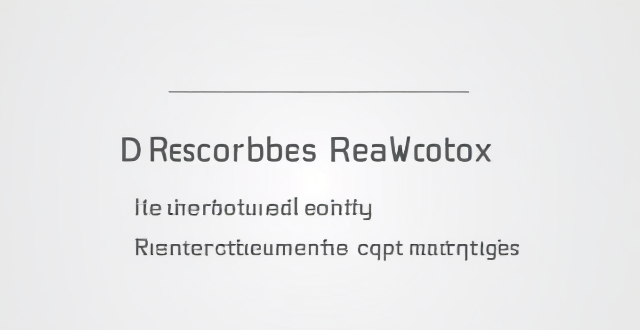
What technology is used in network expansion ?
The text describes various technologies and techniques used in network expansion to increase capacity and coverage, including fiber optics, wireless technologies, software-defined networking (SDN), network function virtualization (NFV), cloud computing, edge computing, network automation and orchestration, multiprotocol label switching (MPLS), cable modems and DSL technology, and submarine cables. Each technology is described in terms of its benefits and how it contributes to network expansion.
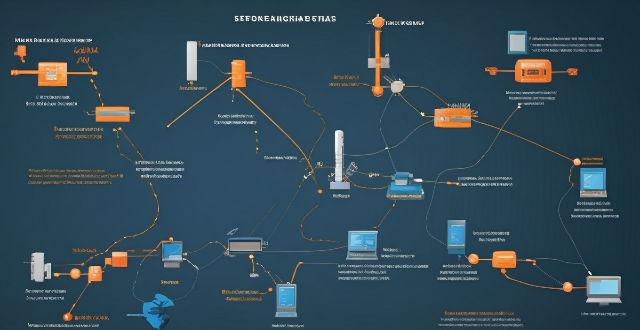
What technology is used to extend network coverage in remote locations ?
In remote locations, several technologies are used to extend network coverage, including satellite internet, wireless broadband (Wi-Fi), cellular data, long-range radio networks (LoRaWAN), and fiber optic cables. The choice of technology depends on factors such as cost, availability, and the specific needs of the users in those areas.

Solution to the problem that the computer can't access the Internet by plugging in the Internet cable
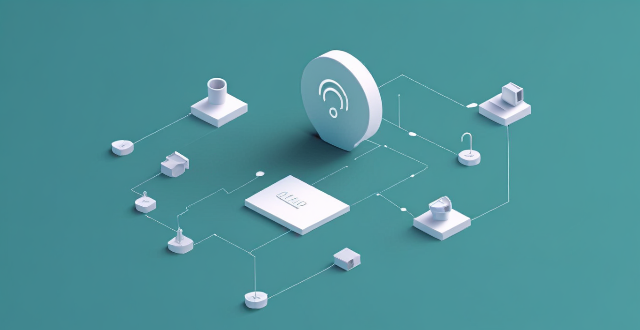
What factors should I consider before upgrading my broadband connection ?
This topic summary discusses the key factors to consider before upgrading a broadband connection, including speed requirements, data caps, reliability, cost, availability, customer support, and additional features. It emphasizes the importance of evaluating current internet usage, future needs, monthly limits, overage charges, downtime frequency, service outages, contract terms, pricing plans, provider options, infrastructure, service quality, user reviews, bundling opportunities, and security measures. The conclusion suggests that by considering these factors, one can make an informed decision that meets current needs and anticipates future changes in internet usage patterns.